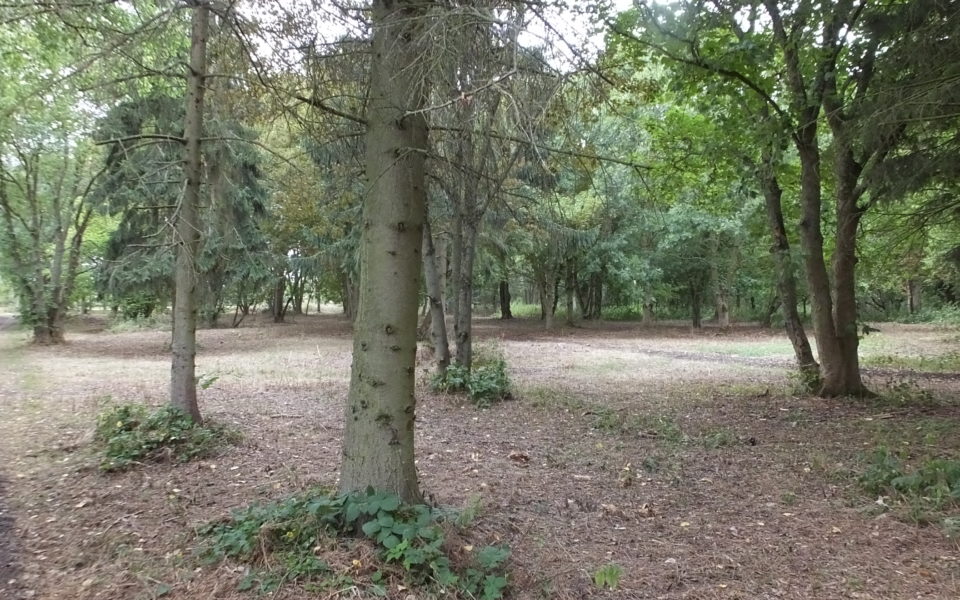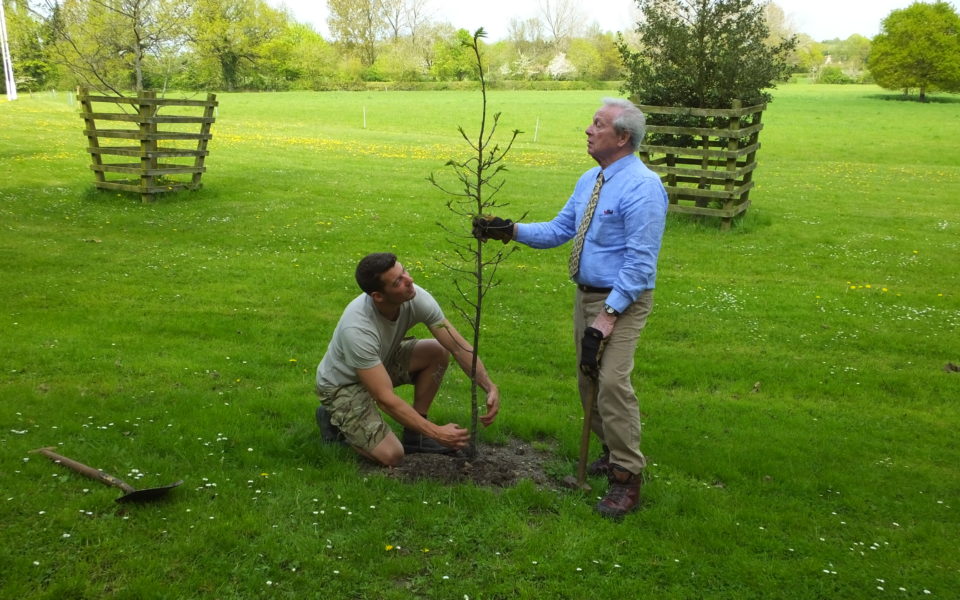Planting for diversity
Tony Bird is passionate about planting a diverse range of tree species on his estate in Warwickshire after seeing the devastation left by Dutch Elm disease and encountering ash die back and cankers and blight on horse chestnuts.
As we all know, the old elm roots have been shooting up saplings for the last 40 years, growing taller each year before dying off. Some on my estate have reached over 25 feet before dying and so I do hope that they will gradually become immune to the disease.
Having lived through the elm disaster, I have become nervous about what might happen to our other native species. We already have ash die back and one or two problems attacking our oaks, not forgetting the blight and canker on horse chestnuts.
Therefore, over the last 20 years, I have gradually been planting trees which are not native but which have actually been around UK for a few centuries and seem to be surviving without too much trouble.


Above: Managing woodland cover on tony’s estate, and planting with passion with his grandson Josh
The Sequoia species, American redwoods, evergreen oaks, London planes, cedars, Spanish sweet chestnuts, douglas firs and even fruit trees like mulberrys which have been around since Shakespeare’s time.
I have also added some rather, in my view, special trees like the “liquid amber” from Brazil and the Wollemi Pine, the world’s oldest known species which has survived over 50 million years, through floods, the ice age and the volcanic age. An Australian botanist ‘discovered’ the Wollemi Pine when he was exploring a great canyon in the Blue Mountains about 200 miles from Sydney. Leaf experts could not identify it but a geologist saw the leaf in a magazine article and recognised its form in a 50 million year old fossil. Cuttings were later taken and it was propogated. I now have two which are surviving quite well. A very severe frost, say minus 16˚-17˚ will kill them above ground but they are great survivors and will come back. This actually
I have a 300 metre avenue of horse chestnuts lining the drive to my house which are probably about 80 years old. Knowing the current problems with chestnuts, we have already sprayed them as they had leaf mite disease and have treated some for canker but we do not know how long this beautiful avenue will last – maybe 40 or even 60 years or more or even less, given the current problems – and so I have taken the precaution of planting two rows of Sequoia Gigantica, 20 metres away from each line of chestnuts. In 50 years’ time there will be a magnificent avenue of 70 – 80 foot evergreens in place, running on the outside of both the rows of chestnuts, should the chestnuts not survive and in 100 years’ time, the Sequoias will be over 100 feet high with massive girths and quite possibly someone at that time will say “what a good idea the person had to plant these”. The only pity is that I will never see them at their ultimate height.

Tony Bird
Tony Bird was inspired to write this blog after reading the RFS report on Planting for Resilience: Our Woodlands are Changing report

